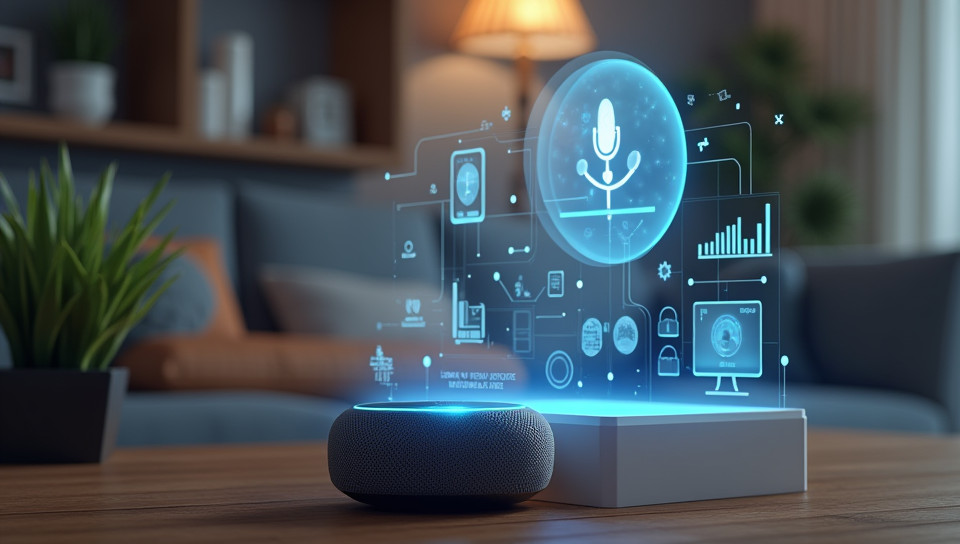Voice assistants integrate with smart home systems seamlessly 86%

Seamless Integration: The Future of Smart Home Systems
Imagine walking into your home after a long day, and without lifting a finger, the lights turn on, the thermostat adjusts to your preferred temperature, and your favorite music starts playing. This is not just the stuff of science fiction; it's the reality with voice assistants integrating with smart home systems seamlessly.
The Rise of Smart Homes
Smart homes are becoming increasingly popular as people look for ways to make their lives easier and more convenient. With the integration of voice assistants, smart home systems have taken a significant leap forward in terms of functionality and user experience. Voice assistants like Amazon Alexa, Google Assistant, and Apple's Siri can now control various aspects of your home, from lighting and temperature to security and entertainment.
The Benefits of Integration
The integration of voice assistants with smart home systems offers numerous benefits, including:
- Increased convenience: With voice commands, you can control your home without having to physically interact with devices.
- Improved safety: Voice assistants can alert you to potential threats, such as fires or intruders, and even call for help in emergency situations.
- Enhanced entertainment: You can now control your music, TV, and other media devices with ease, creating a more immersive experience.
- Increased energy efficiency: Smart home systems can optimize energy consumption, reducing waste and saving you money on your utility bills.
How Integration Works
The integration of voice assistants with smart home systems typically involves the following steps:
- Setting up a compatible voice assistant device in your home
- Connecting your smart home devices to the same network as the voice assistant
- Configuring the voice assistant to recognize and respond to voice commands
- Using voice commands to control various aspects of your home
The Future of Smart Homes
As technology continues to advance, we can expect even more sophisticated integration between voice assistants and smart home systems. With the rise of artificial intelligence (AI) and machine learning (ML), smart homes will become increasingly personalized and automated, making our lives easier and more enjoyable.
Conclusion
The integration of voice assistants with smart home systems is revolutionizing the way we live and interact with our surroundings. With increased convenience, improved safety, enhanced entertainment, and increased energy efficiency, it's no wonder that smart homes are becoming the norm. As technology continues to advance, we can expect even more exciting developments in this space. Whether you're a tech enthusiast or just looking for ways to make your life easier, voice assistants integrating with smart home systems seamlessly is definitely worth exploring further.
- Created by: Susan Gutierrez
- Created at: Aug. 12, 2024, 9:27 p.m.
- ID: 6875

